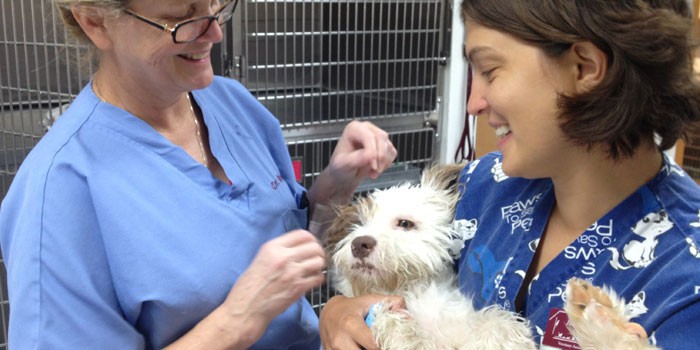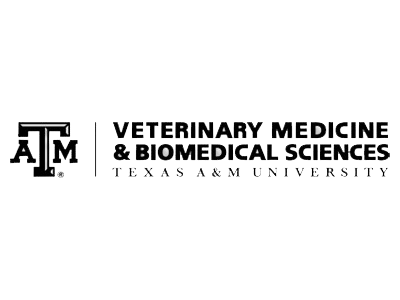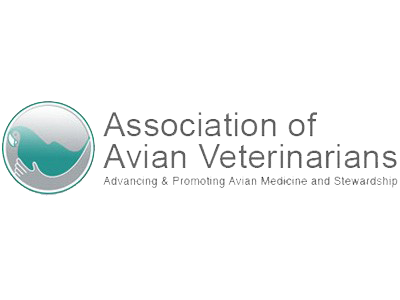Do you avoid getting up close and personal with your pet’s breath? That bad breath is certainly unpleasant enough, but your pet could have a worse problem. Tartar buildup on teeth and inflamed gums can actually undermine your pet’s good health. This is why proper dental care is very important when it comes to your pet.
Category: All Pets Patients
Treating Arthritis In Dogs
 Most of the symptoms seen in dogs with arthritis result from pain. As a result, treatment for arthritis in dogs is geared toward reducing pain and maintaining muscle mass and joint mobility. This is best accomplished by using a combination of treatments rather than relying on only one medication or treatment option.
Most of the symptoms seen in dogs with arthritis result from pain. As a result, treatment for arthritis in dogs is geared toward reducing pain and maintaining muscle mass and joint mobility. This is best accomplished by using a combination of treatments rather than relying on only one medication or treatment option.
Heartworm Disease Awareness
Heartworm disease is a serious and likely fatal disease among pets in the United States and many other parts of the world. It is caused by worms that live in the heart, lungs and associated blood vessels of affected pets. These foot-long worms can cause severe lung disease, heart disease and damage to other organs. This disease is most commonly known in dogs and cats. It can also live in many mammal species including wolves, coyotes, foxes, sea lions and, although rarely, in humans. With wild animals like coyotes and foxes now living closer in proximity to many cities, they are thought to be important carriers of heartworm disease.
Canine Distemper Combination Vaccine
 The canine distemper vaccine is typically given in some variation of a combination vaccine that also protects your pet from several other serious diseases, such as parvovirus infection. Many of the diseases that are prevented by this combination vaccine have no effective treatment other than supportive care; however, vaccination can prevent these diseases or minimize the signs of illness. Other vaccines, such as the rabies and Bordetella vaccines, may be given in addition to the canine distemper/parvo combination vaccine.
The canine distemper vaccine is typically given in some variation of a combination vaccine that also protects your pet from several other serious diseases, such as parvovirus infection. Many of the diseases that are prevented by this combination vaccine have no effective treatment other than supportive care; however, vaccination can prevent these diseases or minimize the signs of illness. Other vaccines, such as the rabies and Bordetella vaccines, may be given in addition to the canine distemper/parvo combination vaccine.
H1N1 Influenza in Felines
The H1N1 variation of the flu virus, previously referred to as “swine flu”, is infectious to felines and in addition to individuals. Moreover, this virus is additionally known to contaminate dogs, pigs, and ferrets. In spite of the fact that the spread of this specific flu infection is no more thought to be a pandemic, it is still spreading around the world.
The FVRCP Vaccine for Felines
Canine Influenza Virus
The virus that causes dog flu, Influenza Type A (H3N8), was first identified in Florida in 2004. It primarily infects the respiratory system and is extremely contagious. A vaccine was granted full license by the United States Department of Agriculture in 2009 (Nobivac® Canine Flu H3N8). Some dogs can be exposed to the virus and fight off infection without showing clinical signs.
Feline Leukemia Virus
Feline Leukemia Virus (FeLV) is a virus that can affect the immune system and a plethora of other bodily functions and abilities. If not prevented with vaccines or safe measures, it has the chance to be a fatal virus.
Leptospirosis In Dogs
Leptospirosis is a disease that can be transmitted to humans and a small amount of other animals. If untreated, the disease can be fatal. In this article, I am going to discuss the effects and symptoms of Leptospirosis and how All Pets Veterinary Medical Center can diagnose and treat the affliction.
Feline Rabies: Symptoms, Causes, Diagnosis and Treatment
Continue reading Feline Rabies: Symptoms, Causes, Diagnosis and Treatment























